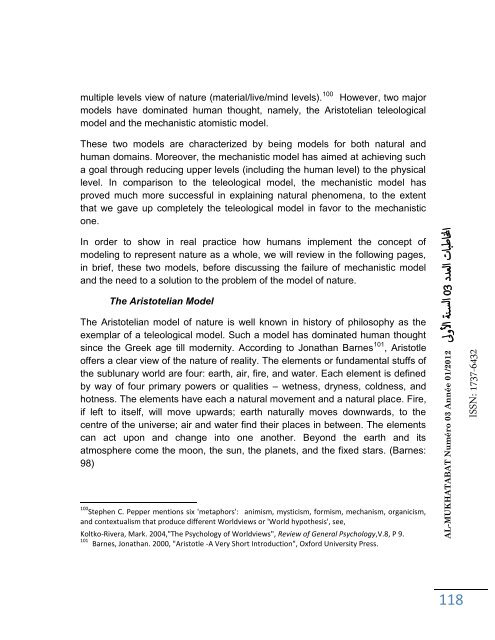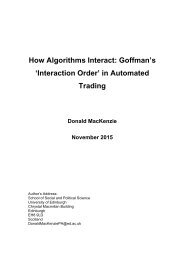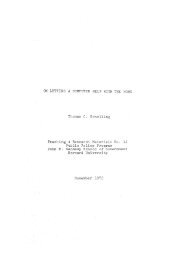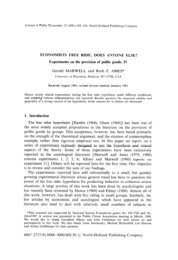n3-al-mukhatabat-journal
n3-al-mukhatabat-journal
n3-al-mukhatabat-journal
Create successful ePaper yourself
Turn your PDF publications into a flip-book with our unique Google optimized e-Paper software.
multiple levels view of nature (materi<strong>al</strong>/live/mind levels). 100 However, two major<br />
models have dominated human thought, namely, the Aristotelian teleologic<strong>al</strong><br />
model and the mechanistic atomistic model.<br />
These two models are characterized by being models for both natur<strong>al</strong> and<br />
human domains. Moreover, the mechanistic model has aimed at achieving such<br />
a go<strong>al</strong> through reducing upper levels (including the human level) to the physic<strong>al</strong><br />
level. In comparison to the teleologic<strong>al</strong> model, the mechanistic model has<br />
proved much more successful in explaining natur<strong>al</strong> phenomena, to the extent<br />
that we gave up completely the teleologic<strong>al</strong> model in favor to the mechanistic<br />
one.<br />
In order to show in re<strong>al</strong> practice how humans implement the concept of<br />
modeling to represent nature as a whole, we will review in the following pages,<br />
in brief, these two models, before discussing the failure of mechanistic model<br />
and the need to a solution to the problem of the model of nature.<br />
The Aristotelian Model<br />
The Aristotelian model of nature is well known in history of philosophy as the<br />
exemplar of a teleologic<strong>al</strong> model. Such a model has dominated human thought<br />
since the Greek age till modernity. According to Jonathan Barnes 101 , Aristotle<br />
offers a clear view of the nature of re<strong>al</strong>ity. The elements or fundament<strong>al</strong> stuffs of<br />
the sublunary world are four: earth, air, fire, and water. Each element is defined<br />
by way of four primary powers or qu<strong>al</strong>ities – wetness, dryness, coldness, and<br />
hotness. The elements have each a natur<strong>al</strong> movement and a natur<strong>al</strong> place. Fire,<br />
if left to itself, will move upwards; earth natur<strong>al</strong>ly moves downwards, to the<br />
centre of the universe; air and water find their places in between. The elements<br />
can act upon and change into one another. Beyond the earth and its<br />
atmosphere come the moon, the sun, the planets, and the fixed stars. (Barnes:<br />
98)<br />
100 Stephen C. Pepper mentions six 'metaphors': animism, mysticism, formism, mechanism, organicism,<br />
and contextu<strong>al</strong>ism that produce different Worldviews or 'World hypothesis', see,<br />
Koltko-Rivera, Mark. 2004,"The Psychology of Worldviews", Review of Gener<strong>al</strong> Psychology,V.8, P 9.<br />
101 Barnes, Jonathan. 2000, "Aristotle -A Very Short Introduction", Oxford University Press.<br />
AL-MUKHATABAT Numéro 03 Année 01/2012 لىولأا ةن سلا 30 ددعلا تابطانا<br />
118<br />
ISSN: 1737-6432







